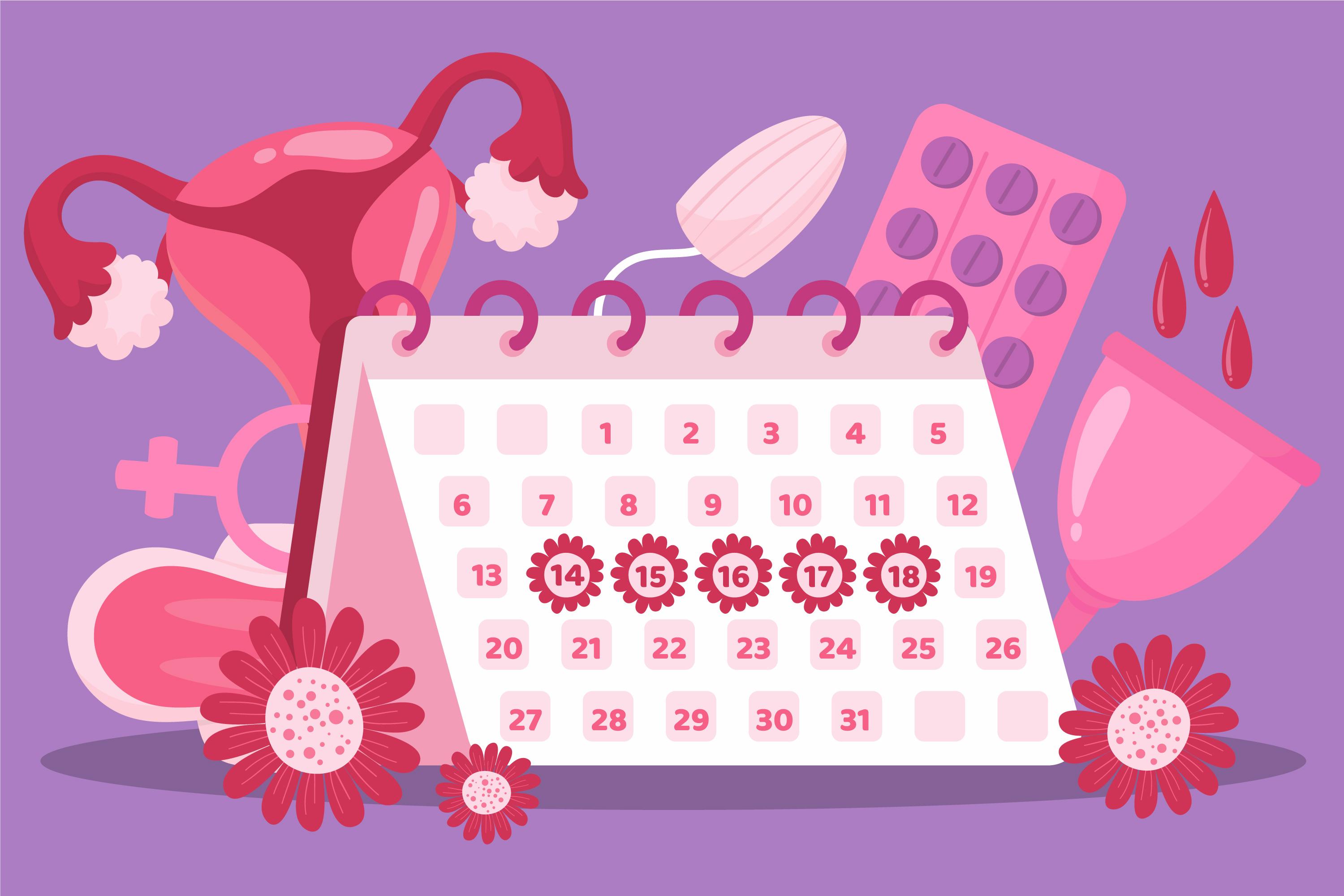Menstrual & Pregnancy Calculator Tools

Daisycle Menstrual & Pregnancy Calculator Tools
Take control of your reproductive health with Daisycle’s easy-to-use calculators. These tools give helpful estimates based on the info you provide—great for planning and staying informed.
Important: Results are educational estimates, not medical advice or contraception. Cycles vary (illness, stress, travel, postpartum, PCOS, perimenopause). If something feels off, speak with a clinician.
Period Calculator
What it does: Estimates your next period window and typical cycle length based on your recent history.
You enter:
-
First day of your last period (LMP)
-
Your average cycle length (e.g., 28 days—adults commonly range 21–35)
Outputs you’ll see:
-
Expected next period start window
-
Cycle length trend if you’ve logged multiple cycles
Good to know: Predictions improve as you log consistently. Irregular cycles reduce accuracy.
Ovulation & Fertile Window Calculator
What it does: Estimates your likely ovulation day and fertile window for conception.
You enter:
-
LMP (first day of last period)
-
Average cycle length
Outputs you’ll see:
-
Estimated ovulation day
-
Fertile window (the few days before ovulation + ovulation day)
Good to know:
-
Apps cannot confirm ovulation. Confirmation typically requires ovulation tests (LH), basal body temperature patterns, or progesterone blood tests.
-
Sperm can survive up to ~5 days; the egg lives ~12–24 hours, so timing matters.
Pregnancy Due Date (EDD) Calculator
What it does: Estimates your due date.
You enter:
-
LMP or known conception/ovulation date
Outputs you’ll see:
-
Estimated EDD (by LMP, ~40 weeks / 280 days)
-
Equivalent gestational week today
Good to know:
-
An early ultrasound may adjust the date and is often more precise than LMP (especially with irregular cycles).
-
The due date is a target, not a deadline—many births occur before or after that day.
Implantation Calculator
What it does: Estimates the likely implantation window after ovulation.
You enter:
-
Ovulation date (estimated or from LH/BBT)
Outputs you’ll see:
-
Typical implantation window (~6–10 days post-ovulation, range ~5–12)
Good to know:
-
Implantation can’t be directly measured at home.
-
“Implantation bleeding” is not reliable and many do not experience it.
Pregnancy Test Timing Calculator
What it does: Suggests the best day to test based on when hCG is most detectable.
You enter:
-
Expected period date or ovulation date
Outputs you’ll see:
-
Recommended test date (often on/after missed period or ~14+ days post-ovulation)
-
Guidance to retest after 48 hours if early negative and no period
Good to know:
-
Testing too early increases false negatives.
-
If you have positive test + pain/bleeding, seek urgent care to rule out ectopic pregnancy.
Privacy & Control
-
Your inputs are used to generate results; see Settings → Privacy for data controls.
-
We don’t sell personal data. Optional analytics or backups are consent-based.
-
You can export or delete your data (see our Privacy Policy for details).
When to Seek Care (not a full list)
-
Very heavy bleeding (soaking a pad/tampon hourly for ≥2 hours) or large clots
-
Severe pelvic/abdominal pain, fainting, fever, or foul-smelling discharge
-
No period for ≥3 months (and not pregnant/postpartum/under guidance)
-
Positive test with pain/bleeding (rule out ectopic pregnancy)
-
Mental health concerns (depression, anxiety, thoughts of self-harm)
Bottom Line
Daisycle’s calculators make planning easier with clear, private, and simple estimates. Use them alongside your own observations—and partner with a clinician for personalized medical advice.
Related Articles

Calming bedtime drinks

Talking openly about feelings

Preventing rashes or infections

Benefits of walking daily

Why hormonal breakouts happen

Using pillows for comfort

Baby development at 18 weeks

Baby development at 41 weeks